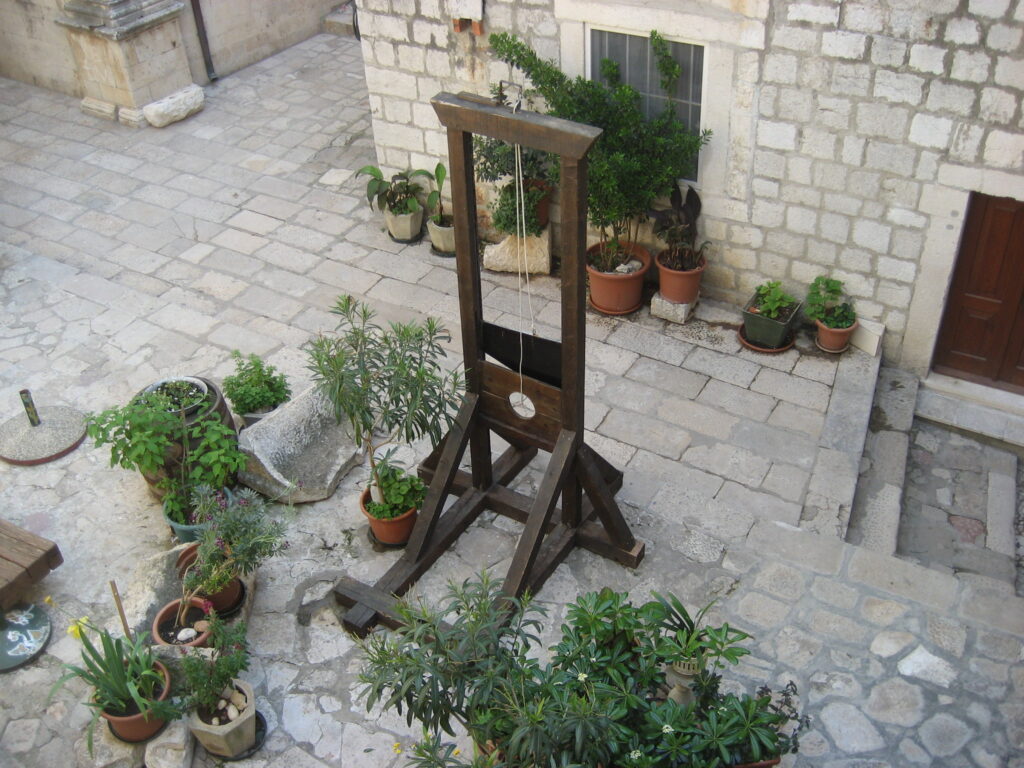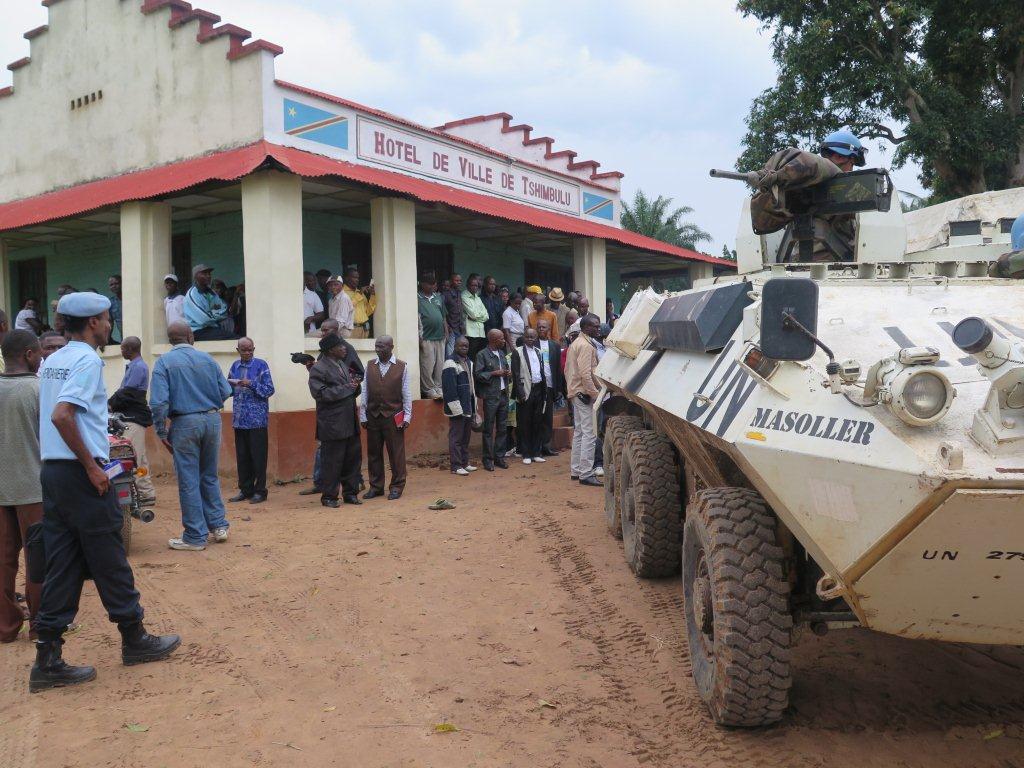KASINA, DRC – Does an act of extreme violence that looks like terrorism have to carried out by a ‘known’ terrorist group to be seen as on act of terrorism? Hmm…
Over the years in which you have read this daily column – it was suggested to me by an old friend from CSIS (Canadian Security Intelligence Service) over beers some time ago – you have come across any mode of violent extremism. I have described shootings, knifings, bombings, vehicular attacks, drones, missiles, IEDs (improvised explosive devices) and several other gruesome ways of killing people.
All these attacks have come at the hands of individuals or groups we define as ‘terrorists‘. Yes, yes, the term is fraught with controversy (“one man’s terrorist…”) that need not be repeated here. Suffice to say that a lot of things which look like terrorism are considered as such regardless of this lack of agreement on the precise parametres of the term.
Take beheading. A particularly horrific way to die methinks. I recall watching – don’t ask why! – a video years ago in which jihadis slowly beheaded a Russian soldier. I wish I could forget. Suffice to say that this killing method surely qualifies as terrorism irrespective of who wields the sword/knife.

Take today’s attack.
On this day in 2017
Individuals belonging to the Kamwina Nsapu decapitated 40 police officers in an ambush in the central Democratic Republic of Congo (DRC) province of Kasai. The attackers targeted a police convoy travelling between Tshikapa and Kananga.
The condemnation of Nsumbu Katende proves those who thought impunity in the region was a fatality were wrong. It also shows the victims that they can be heard and obtain justice.
Trial International’s National Coordinator for DRC Guy Mushiata
I am not going to lie to you: I had no idea who the Kamwina Nsapu were when I came across this act in a terrorism database (Kamwina Nsapu is the hereditary title for the chief in a section of the DRC). Still, beheading has to qualify as ‘terrifying‘ if not outright terrorism, no?
Read More Today in Terrorism
May 31, 1906: Spanish anarchist bombs royal wedding
On May 31, 1906 a Spanish anarchist threw a bomb hoping to hit King Alfonso XIII, killing 24 and wounding more than 100.
May 30, 2009: Anti-government group bombs TV station in Ecuador
On May 30, 2009 two pamphlet-bombs exploded outside an Ecuadorian TV station and ministry: no victims or significant damage ensued.
May 29, 2016: ISIS uses chlorine gas in terrorist attack
On May 29, 2016 35 civilians were wounded in an ISIS attack using rockets containing chlorine gas in Iraq’s Nineveh Province.


2 replies on “March 25, 2017: Mass-decapitation in the DRC”
Hi Phil you make an interesting point, my view is that it is terrorism if the striking of fear into others is the aim.
For example when Mexican narcos hang bodies from a flyover that’s terrorism even though the aim is criminal.
When RAF/Baader Meinhoff shoot a policeman when being arrested that’s a “normal” resisting arrest type crime as the aim was escape/self defence.
Has that changed recently?
Hi Alan. Good point. We tend to see terrorism as necessitating some kind of political or ideological tie or purpose. Do Mexican narcos have this nexus? Do they care about these kinds of things? I am certainly no Mexican narco ‘expert’ so will defer to others. Thanks for taking the time to comment – much appreciated!